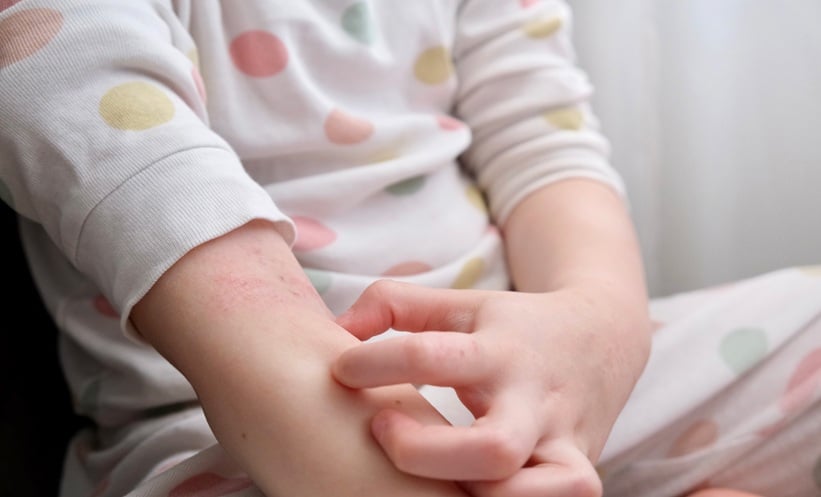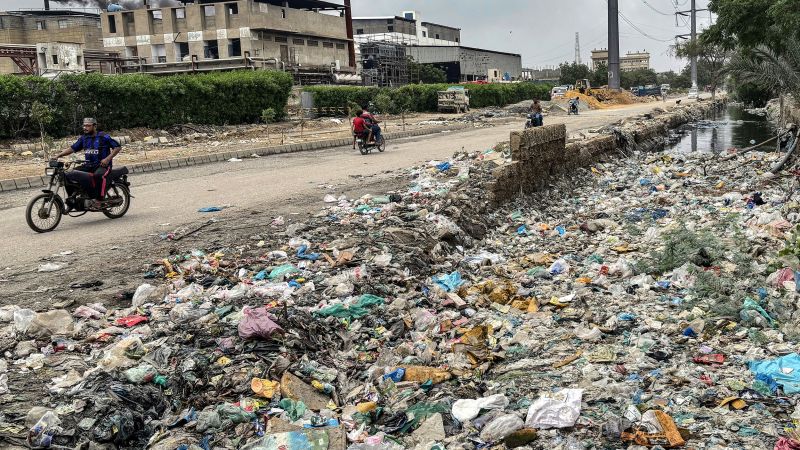A new review published in Frontiers in Science is calling for urgent action to avoid irreversible ecological damage by stemming the tide of microplastics entering the environment.
Climate change conditions turn plastics into more…

A new review published in Frontiers in Science is calling for urgent action to avoid irreversible ecological damage by stemming the tide of microplastics entering the environment.
Climate change conditions turn plastics into more…

What drives a materials scientist to push the boundaries of what’s possible? We sat down with Yong Cui, one of our Materials Horizons editors, to explore not just the cutting-edge developments shaping the field, but the passion and…

Scientists have found why Kepler-56, a red giant star, has a weird spin, and according to a new study, this is because it likely gobbled up one of the planets orbiting it. Takato Tokuno, a doctoral student in the Department of Astronomy at the…

The Lusail International Circuit awaits for the penultimate round of the 2025 season, with it playing host to the last Sprint event of the year.
Our duo head into this second round of the season-ending triple header on the back of mixed fortunes…

The worst heartbreak and most riveting triumph of Anne Rice’s life happened in relatively quick succession, each beginning when the US novelist’s daughter – Michele, then about three – told her she was too tired to play.
Rice had never…

A MULTICENTRE trial has found that maternal prebiotic supplementation during pregnancy does not prevent atopic dermatitis (AD) in infants at high risk of allergic disease. The findings challenge previous assumptions that optimising the…

The surging tide of microplastics is already an environmental and health threat, but as the world heats up — driving increasingly extreme weather — it’s transforming them into “more mobile, persistent,…

The renewal cements Emirates as a World Rugby Platinum Partner and Principal Partner of the men’s and women’s Rugby World Cups for the next decade, extending a relationship that has been central to the sport’s rise on…